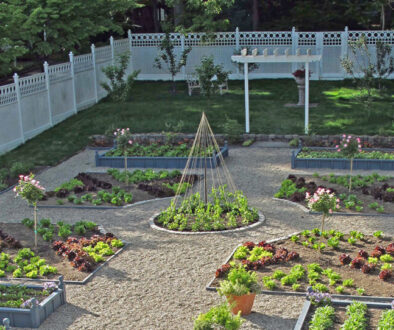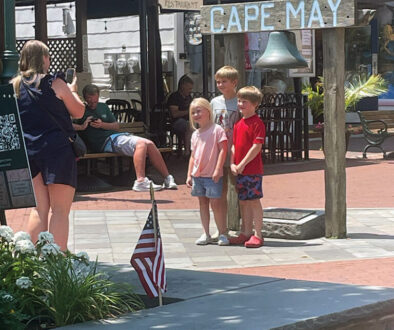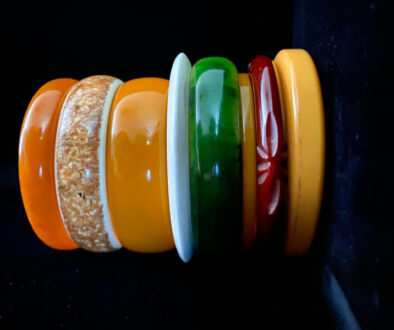The Cakewalk: A dancefull of curves and resistance

“It’s a cakewalk” has come to mean something easy to do, a breeze. However, the word first came into use in 1863 to describe an African American dance performed for entertainment by enslaved persons on Southern plantations before the Civil War:
1 a : a one-sided contest: an easy victory b : an easy task
2 : an African American entertainment having a cake as prize for the most accomplished steps and figures in walking
3 : a stage dance developed from walking steps and figures typically involving a high prance with backward tilt
—“cakewalk” Merriam-Webster
The irony of the phrase is that the dance itself was no cakewalk. It required tremendous grace, agility, stamina, and timing. The deeper irony is that it was born from institutional slavery and the very uneasy daily lives of the captive people who performed it. It’s been described as “full of curves.” It was recreation. It was beautiful and entertaining to watch.
“Although the exact year and location are still undetermined, oral histories from enslaved people assert that the cakewalk began in the enslaved quarters of Southern plantations. The cakewalk was a grand-promenade type of dance, where [enslaved] couples would take turns performing. The couple with the best dancing skills would then ‘take the cake,’ an idiom that is still common today.”
—“Who takes the cake? The history of the cakewalk,” by Regan Shrumm, The Smithsonian, americanhistory.si.edu.
Black couples would stand in a square formation with men on the inside perimeter and then dance around the ballroom, mimicking the white man’s attitudes and manners, according to “The Extraordinary Story of Why a ‘Cakewalk’ Wasn’t Always Easy,” by Lakshimi Gandhi, on NPR.org. The steps included a “high-leg prance with a backward tilt of the head, shoulders and upper torso.”
The uneasy history of the cakewalk is multi-layered, and embedded in the layers is a grand-style comeuppance born of resilience. The cakewalk was directly inspired by a specific European couple dance called the Grand March. The enslaved dancers would highly individualize the dance by adding their own twists, shuffles, high kicks, and other incorporated movements from African dances. The cakewalk is a distinctly African American creation that rose from the plantation into the annals of popular culture beginning in the late 1800s.
The cakewalk was more than a recreational dance; it was a chance for enslaved people to ridicule those who tyrannized them. The dancers dressed up in their finest clothes and parodied the mannerisms and dancing of the white Southern elite. Plantation owners served as judges for these contests. They might not have fully realized that their slaves were mocking them during these highly elaborate dances, Shrumm said:
“While it might be assumed that slave owners would punish their slaves for this mocking behavior, in fact, many owners actually encouraged it. According to the ragtime musician Shepard Edmonds, who described the stories of his formerly enslaved parents, ‘They did a take-off on the high manners of the white folks in the ‘big house,’ but their masters, who gathered around to watch the fun, missed the point.’ Often the white slave owners even assumed the role of presenting the cake instead of the enslaved people choosing among themselves, once again trying to demonstrate their authority.”
Enslaved African Americans made the dances of their owners not only ironic, but they also made it their own.
After the Civil War, when rich white families left the cities for summer resort towns, African Americans also came to serve as waiters, porters, and dishwashers. The cakewalk became a popular form of entertainment in resorts like Saratoga, New York, and Seabright, New Jersey, according to Mark Matthews in “Walking for the Cake,” Country Dance & Song Society, cdss.org. Cape May was no exception. Cake walks appear regularly in Cape May newspapers from the early 1890s into the 1920s, as documented in the African American ethnic heritage and social history of Cape May, prepared for the city by Nancy L. Zerbe for the National Park Service:
“They were often sponsored by waiters or bellmen from specific hotels for the amusement of the guests, and the moderate enrichment of the staff. Prizes ranged from cakes to cash. Cake walks were often held in conjunction with other entertainments such as concerts, dances, balls, etc.”
White audiences throughout the country were enthralled. By the 1890s, up to 4,000 spectators routinely crowded into New York’s Madison Square Garden to watch “championship” cakewalks, according to Matthews. While the minstrel shows of the era that advertised cakewalks as part of their entertainment were grotesque and replete with racial stereotypes and cartoonish depictions of African Americans, the Harlem Renaissance was right around the corner, Matthews asserts, and the cakewalk helped to lay the foundation. “The seeds for black theater during the Harlem Renaissance that would flourish from 1918 to the mid-1930s had been planted.”



